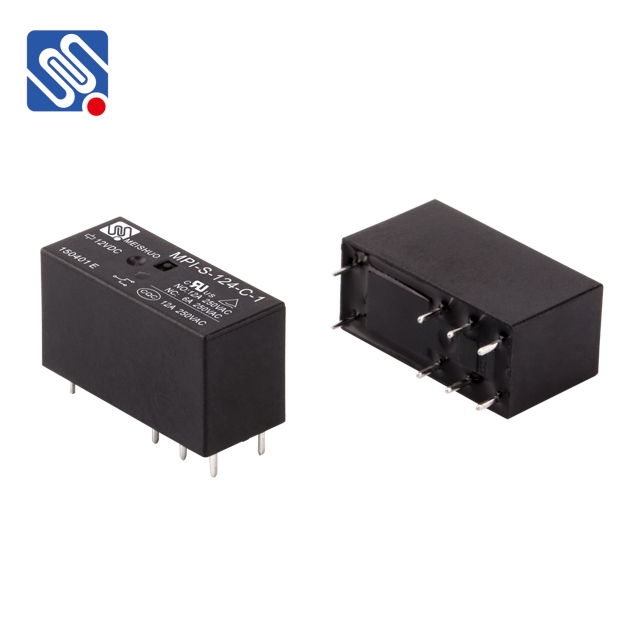Relays are integral components in electrical and electronic systems, acting as electrically operated switches that allow circuits to be controlled by low-power signals. Their applications span a wide range, from simple on-off switching to complex automation and safety systems. To fully harness the potential of relays, it is crucial to understand their operation, selection, and implementation. This is where Relay Application Notes come into play. These technical documents provide valuable insights for engineers and designers, ensuring that relays are selected and applied correctly for optimal performance.

Understanding Relays A relay is an electromagnetic device that opens or closes a set of contacts in response to an electrical input signal. These contacts can switch between different circuit paths, allowing a low-power control signal to activate high-power devices. The primary advantage of relays lies in their ability to isolate control circuits from high-power switching circuits, enhancing safety and reliability. Relays are widely used in various applications such as industrial automation, automotive electronics, home appliances, telecommunications, and control systems. Choosing the right relay for a specific task requires a solid understanding of the device’s characteristics, including contact rating, coil voltage, and response time.